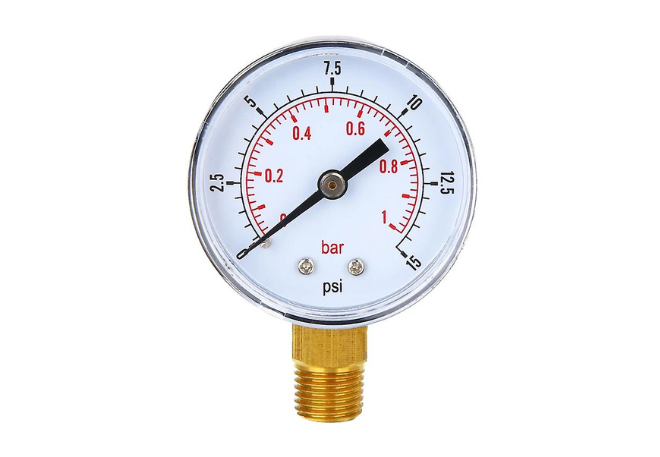How Do You Choose the Best Buckets for Your Cleaning Needs?
Choosing the right cleaning tools is essential for maintaining a tidy and hygienic space, whether you're tidying up at home, cleaning a large office, or managing a commercial space. This comprehensive guide will help you understand the various factors to consider when selecting the best buckets to complement your brooms, mops, and dust pans.
Understanding Different Types of Buckets
Material Matters: Buckets come in various materials including plastic, metal, and rubber. Plastic buckets are lightweight and inexpensive, making them ideal for light-duty cleaning. Metal buckets, typically made of galvanized steel, offer more durability and are perfect for heavy-duty tasks. Rubber buckets are flexible and tough, suitable for harsher environments.
Capacity Considerations: The size of the bucket is crucial depending on the task at hand. For smaller, everyday cleaning jobs, a bucket with a capacity of 10 to 12 liters is sufficient. For larger spaces or commercial cleaning, opt for buckets that can hold up to 20 liters or more to avoid constant refilling.
Features to Look For in High-Quality Buckets
Ease of Use: Features like spouts for controlled pouring, sturdy handles for easy carrying, and measuring lines for accurate chemical mixing can greatly enhance usability. Additionally, consider buckets with wheels and a wringer attachment for ease of movement and to minimize physical strain when mopping large areas.
Color Coding: To prevent cross-contamination, especially in environments like kitchens and hospitals, using color-coded buckets is a proactive strategy. Each color can be assigned to different areas or cleaning tasks, such as blue for general cleaning and red for high-risk areas like toilets.
Optimizing Your Cleaning Arsenal with the Right Accessories
Complementary Cleaning Tools: To maximize efficiency, pair your bucket with the appropriate cleaning tools. Brooms are essential for sweeping debris into dust pans before mopping. Mops should be chosen based on the type of flooring and the level of cleaning required. Microfiber mops are great for delicate surfaces, while string mops work well on textured flooring.
Storage Solutions: Proper storage of your cleaning equipment extends its lifespan and keeps your space organized. Ensure that brooms, mops, buckets, and dust pans have a designated storage area, preferably one that allows tools to dry properly and reduces the risk of mold and mildew buildup.
Practical Tips for Maintaining Your Buckets
Regular Cleaning: Buckets should be cleaned after each use to prevent the build-up of grime and bacteria. Use hot, soapy water to thoroughly clean the inside and outside of the bucket, and let it dry completely before storing to avoid unpleasant odors and bacterial growth.
Inspection and Replacement: Inspect your buckets regularly for signs of wear and tear such as cracks, warping, or rust. Replace any buckets that can no longer be effectively cleaned or show signs of degradation to ensure that your cleaning process remains hygienic and efficient.
By choosing the right buckets and maintaining them properly, you can enhance your cleaning routines and ensure your environments remain spotless. Remember to consider the specific needs of your space and the tasks at hand when selecting buckets, and complement them with the right brooms, mops, and dust pans to make your cleaning efforts as effective as possible.




Comments
Post a Comment